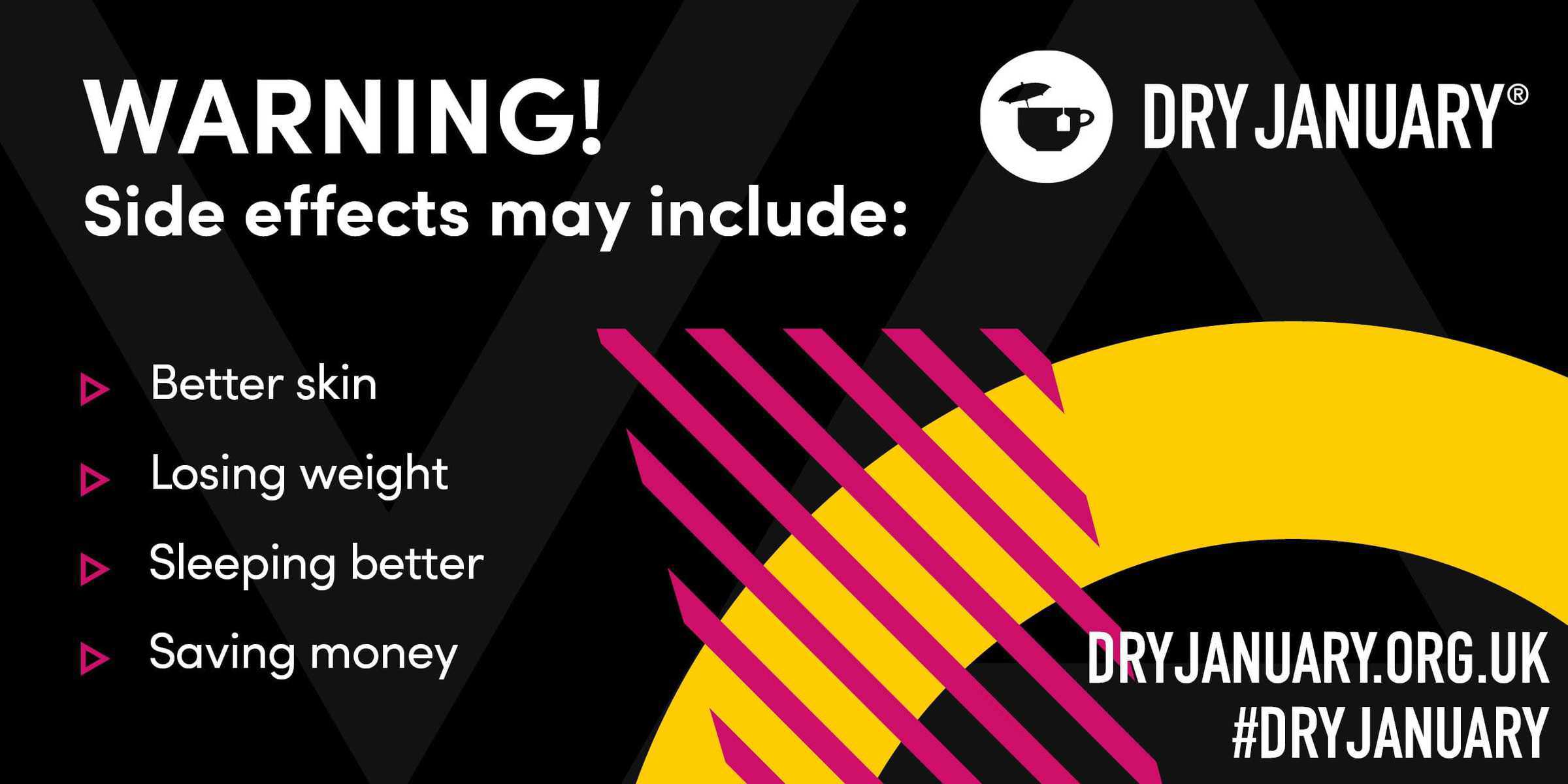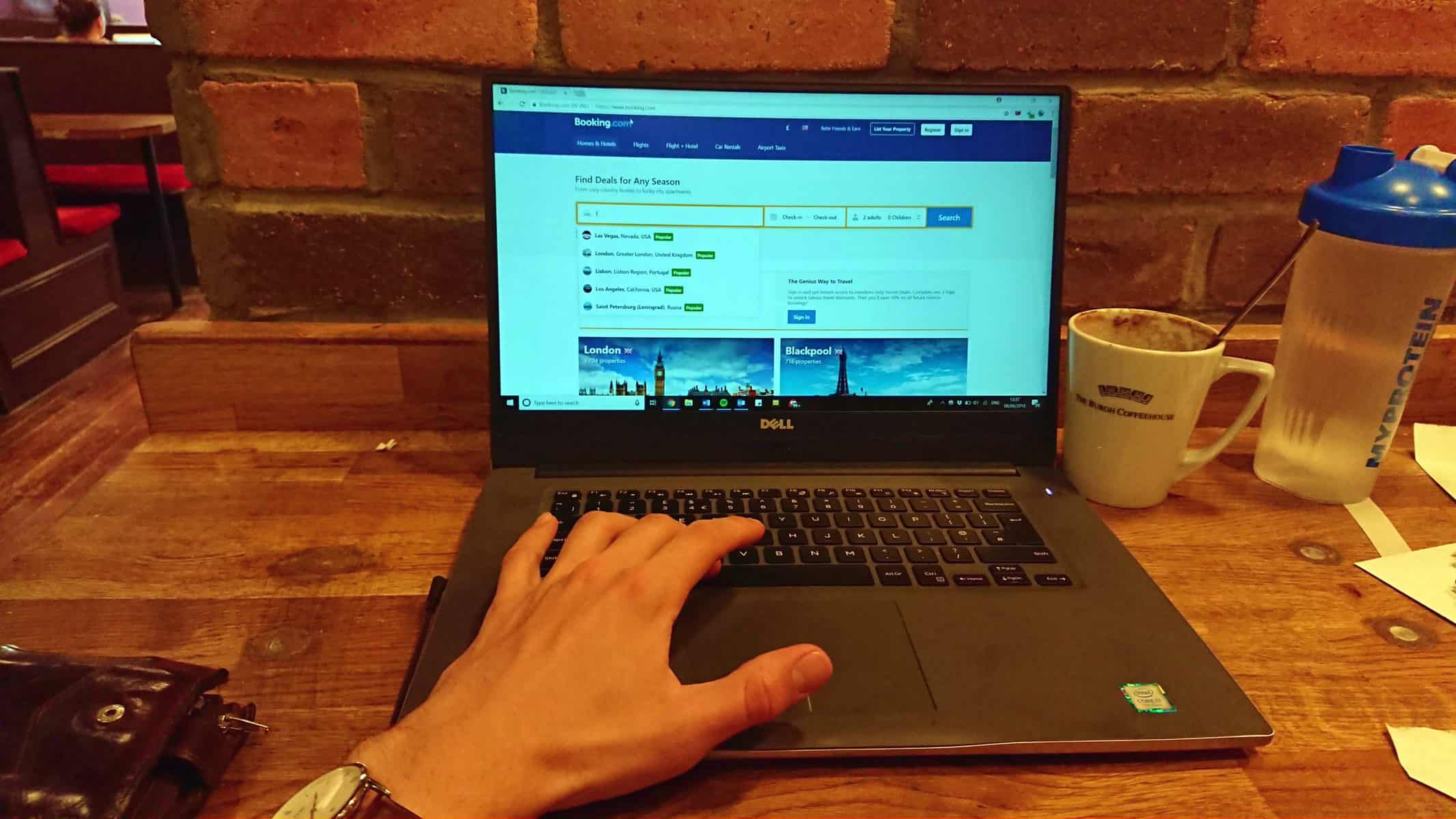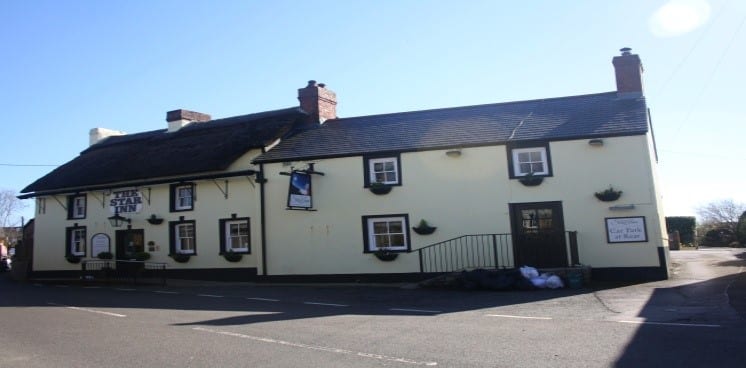
Dry January: The Rise of No and Low Alcohol Paves the Way for a Profitable 2020
Traditionally, ‘Dry January’ is considered a quieter month for the UK on-trade, with consumers abstaining from alcohol and avoiding the pub altogether. However, given the phenomenal growth of the no and low alcohol category, driven by the health-conscious consumer, Dry January 2020 presents a lucrative opportunity for the nation’s pubs and bars.
With on-trade no and low alcohol sales rising by 48% (to around £60M[1]), it’s a great time for operators to review their range, attract new customers and capitalise on demand in January and the rest of 2020.
Why is no & low important during Dry January?
Over one fifth (21%) of consumers planned to take part in Dry January in 2019[2], with 44% of these doing so for health reasons[3]. This figure is expected to be considerably higher in 2020. Stemming from a clear shift in consumer lifestyles, we are increasingly concerned about our health and wellbeing. 50% of consumers are now moderating their alcohol intake[4] and 67% proactively try to lead a healthy lifestyle[5]. Moderation is for everyone, with 37% of 18-34YOs likely to purchase a non-alcoholic beer, an equal 37% of 35-54YOs and 26% of 55+YOs[6]. No and low alternatives are the perfect option for enticing both Dry January participants and health-conscious consumers into the on-trade and making them feel part of the occasion.
Underpinning Live Better – one of the key category drivers identified in The Greenpaper research in 2018 and worth £58M incremental value to the sector over three years – HEINEKEN UK has compiled insights and tips to help outlets promote their no and low offering during January and all year-round.
- A balanced range
Soft drinks are the obvious alternative to alcohol for those taking part in Dry January, with 40% drinking them out of home[7]. While this is an important category, operators can encourage consumers to trade-up to more premium options, such as non-alcoholic beer, spirits and mocktails. All command a higher RSP and result in more money through the tills. This goes hand-in-hand with 20% of no and low drinkers stating they’re very likely to pay more for a better quality drink[8].
- Stock recognised brands like Heineken® 0.0 and Old Mout Alcohol Free. Ranging popular brands across different categories encourages your customers to choose a no and low ABV serve[9].
- Low and no beer saw a volume uplift of 11.4% in January 2019 versus the rest of the year[10], so these options should be integral to your line-up. 10.6M consumers find non-alcoholic beer appealing, but only 12% (or 5.7million) have actually tried it[11], indicating that moderation is not just for those abstaining, but for everyone.
- 93% of consumers prefer draught to bottled beer[12], so consider stocking a non-alcoholic draught option alongside. BLADE, a counter-top beer dispense system, enables operators to serve Heineken® 0.0 on draught. Consumers are format loyal, so don’t be afraid to stock the same brand across draught and packaged to satisfy all drinkers: the average outlet sees 4.5x more sales from stocking Heineken 0.0 in both bottles and on BLADE[13]. Use Dry January to trial different products or brands within your no and low range to give your customers a new experience they may not try at home, and therefore a reason to visit. If successful, you may choose to add some to your permanent offering.
- Cater to the health-conscious consumer
For the fourth year in a row, sugar consumption is our biggest health concern[14]. With 44% of Dry January participants taking part for health reasons, low-calorie premium adult softs and no and low beer offers a great alternative to sugary soft drinks.
- At only 69 calories a bottle and with great taste credentials, Heineken® 0.0 is a more mindful, alcohol-free option. It is the fastest-growing no and low alcohol brand at 123% volume and value[15], and delivers around 50% higher throughout than other big brands in this segment[16].
- There has been a 25% increase in sales of low-calorie soft drinks over the past year[17]. Ensure you provide customers with suitable options, to consume either on their own or as spirit mixers and within cocktails or mocktails.
- Create a Zero Zone
Drive awareness, and in turn sales, by clearly signposting your no and low range and creating a dedicated ‘Zero Zone’.
- For your ‘Zero Zone’, think AVA: Availability, Visibility and Activation. It is crucial to have a good range of products available and sufficient facings that are clearly visible to customers. Use POS and create ‘Hot Spots’ outside of the fridge or back bar to draw attention to the options on offer, adding them to your drinks lists and including them in deals alongside alcoholic counterparts or soft drinks. It’s also worth educating your staff on the different no and low options or flavours available, as 74% of drinkers are likely to try a new beer if staff communicate it to customers effectively[18].
- Evaluate your placement of low and no alcohol within the fridge. Consumers who drink soft drinks in the on trade are more likely to consider no/low alcohol options[19]. Your customers may not ask for non-alcoholic beer or cider specifically so ranging these products where the relevant consumers are looking – in soft drinks – will increase volumes and consumer satisfaction.
- BLADE is a great signpost for the no and low options available in your outlet, with its visual branded dome attracting consumer attention. BLADE units placed at the front of the bar sell 22% more than those placed at the back[20].
- Robinsons Brewery has seen a dramatic increase in sales of no and low alcohol, with 2019 sales up 59% on the previous year, attributed to the introduction of Heineken® 0.0 on BLADE. The introduction of no and low draught alongside bottles increased rate of sale, plus BLADE acted as a great signpost for their full no and low range.
- Use special menus, chalkboards and meal deals to tell customers about your range of no and low alcohol and soft drinks options, making your outlet relevant even when they’re not drinking.



